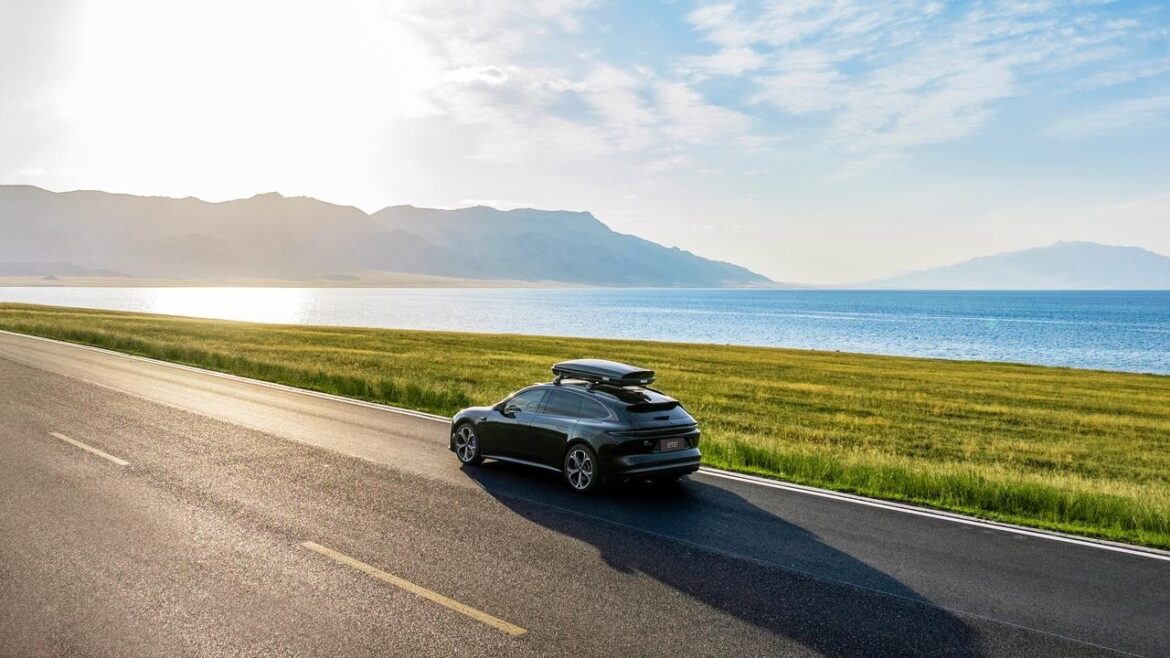It is vital, I believe, to remind ourselves that this is China’s world, we’re just living in it, and that if some people want to bitch and moan and pretend that maybe we’re not all going to end up driving electric vehicles, then they’re just plain wrong, because it’s not going to be up to us.
Australia is like a mosquito on the ass of an elephant screaming “No, I don’t want to go that way”, and being, predictably, ignored.
Let us ponder some relevant facts. China has 18 mega cities with populations over 10 million, and the biggest is Chongqing, with 31 million, which you’ve probably never heard of. Australia’s population is a rounding error to them.
READ MORE: e Chinese electric cars really spyware on wheels? Or is it all tin-hat conspiracy at its finest? | Opinion
READ MORE: Japan and China have massively different views on EVs. I think my money is now on Japan | Opinion
READ MORE: Why the massive influx of Chinese EVs will end in tears | Opinion
But that’s just top line. Consider this: China’s installations of wind and solar in the month of May this year were enough to generate as much electricity as Poland, Sweden or the UAE.
China isn’t just keen on renewables, it’s installing 93 GW of solar capacity in a month, or 100 solar panels every second, according to an analysis by Lauri Myllyvirta, a senior fellow at the Asia Society Policy Institute.

One hundred solar panels. Every second.
In the same month, China installed around 5300 wind turbines.
Between January and May, China added 198 GW of solar and 46 GW of wind, which is enough to generate as much electricity as Indonesia (population, 281 million).
“We knew China’s rush to install solar and wind was going to be wild but WOW,” Myllyvirta wrote.
China’s installed solar photovoltaic capacity has now surpassed 1000 GW, which is equivalent to half of the world’s total installed solar capacity.
China is the world’s biggest emitter of greenhouse gases, it’s true, but it’s also the biggest supplier and installer of clean-energy technology.
So do you think the world’s second-largest economy is interested in building a combustion-engined future? And do you find it amusing, or weird, that China, a massive polluter, is doing more, arguably, to reduce emissions than everyone else combined?

China is also the world’s largest car market, by far, and it’s now being described as “the world’s first electro-superpower”.
According to Goldman Sachs, China’s oil consumption peaked in 2023, fell in 2024 and is going into irreversible decline as falling demand for road transport outpaces demand for jet fuel and petro-chemicals.
Electric cars and trucks in China have already displaced one per cent of global oil demand. Just hold on that figure for a moment; one per cent might not seem a lot, but one per cent of the entire global demand for oil, and rising? That’s game changing.
At the same time, it’s worth noting that sales of plug-in vehicles now make up half the Chinese market, where they undercut combustion-engined vehicles by eight per cent, on purchase price.
PHEVs are predicted to make up two-thirds of the Chinese market by 2027, with EV adoption picking up in the background.

And why is this, you might ask, China, quite simply, is determined to wean itself off imported fuels that are vulnerable to a naval blockade.
Sure, there might be a future in which we cling to American, European and Japanese car companies, but if you look at how quickly we’re adopting Chinese car brands, and their EV and PHEV offerings, it’s a pretty solid clue to how things are going.
And when Chinese marques can afford to go low on price, thanks to the backing of their Chinese government co-investors, the future actually looks pretty clear.
No matter how little some people want to accept it.


